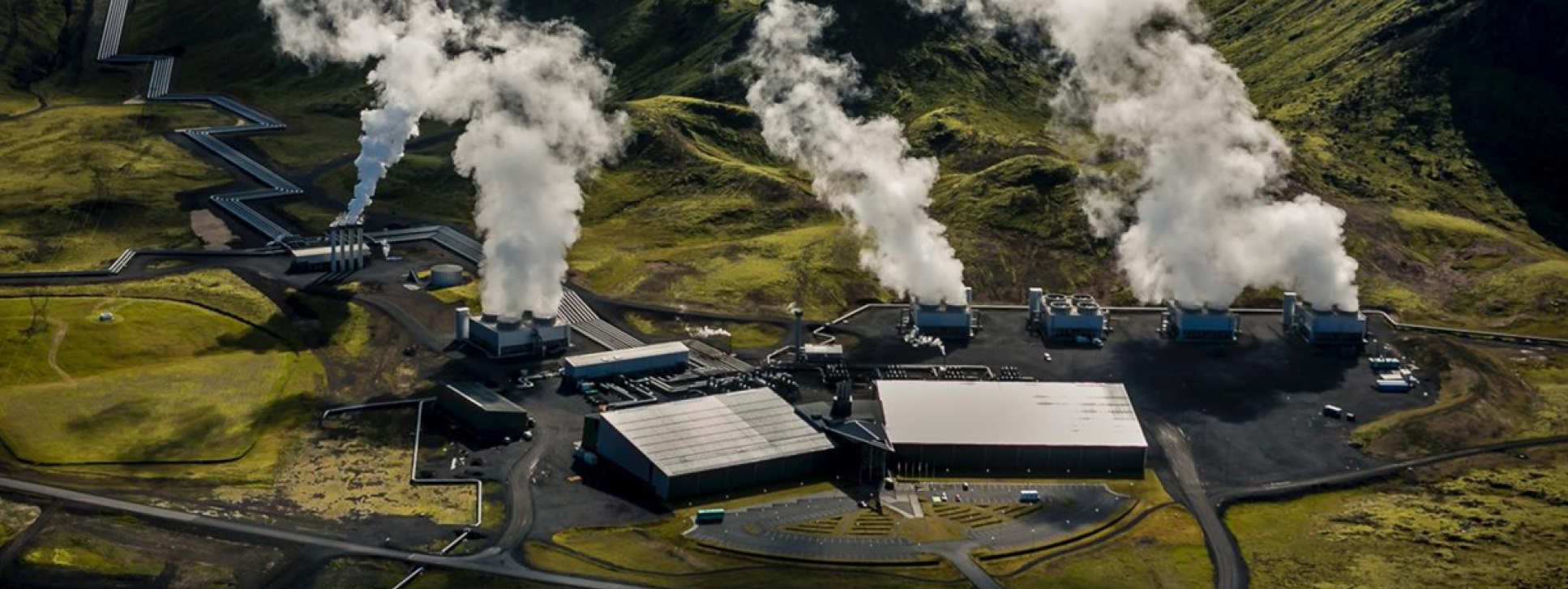
History
The Hellisheidi geothermal field lies within the Hengill volcanic system of the western volcanic zone of Iceland, at location where the western rift zone meets the volcanic zone of Reykjavik peninsula, and intersected there by the South Iceland Seismic Zone.
The area has been studied extensively for the purposes of geothermal production. Operated by Orkuveita Reykjavíkur, the Hellisheidi power plant is a combined heat and power plant located to the north and south of the Hengill central volcano which is located in the western volcanic zone SW-Iceland, approximately 20-25 km southeast of Reykjavík. It started operation in 2006 and currently utilises the field production capacity of 303 MWe and 133MWth energy.
Project activities
In order to achieve its stated objectives, SUCCEED project will take advantage of the already existing deep well infrastructure at Hellisheidi and Kizildere to test the new monitoring technoloies with two different CO2 injection techniques.
The Hellisheidi site already injects 10,000 tonnes per year of CO2 in the field and, the existing infrastructure at Hellisheidi site, gives the SUCCEED project the opportunity to implement and test the state of the art monitoring systems. At Hellisheidi, CO2 injection is done by capturing gases at the onsite power plant, dissolving them in condensate and reinjecting them at about 700 m depth, where they react with the basaltic bedrock to form stable minerals for permanent storage.
The Hellisheidi field is a relatively mature injection site and provide the project with the opportunity to characterise the altered bedrock and its petrophysical properties in order to provide more accurate estimates of storage capacity. The full dataset of the local seismic network of Hellisheidi geothermal field will also be made available to the project for comparison with the new monitoring methods and in investigating and evaluating the potential for injection induced seismicity at CO2 storage sites.